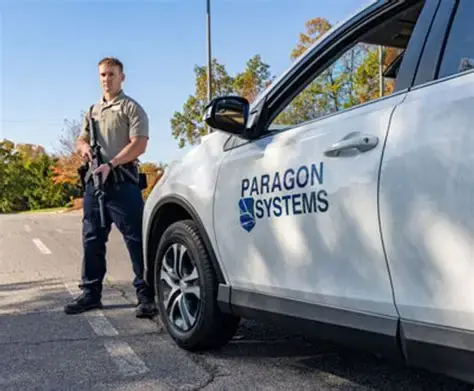Protecting the Right to Organize Act, or PRO Act Its Time to Make This Into Law
- United Federation LEOS-PBA

- Jul 27, 2021
- 3 min read

BEFORE THE SENATE HEALTH, EDUCATION, LABOR AND PENSIONS COMMITTEE “The Right to Organize: Empowering American Workers in a 21st Century Economy” July 22, 2021 Mark Gaston Pearce Former Chairman, National Labor Relations Board Executive Director, Visiting Professor Workers’ Rights Institute, Georgetown Law Center.
Watch the entire presentation below.
Thank you for this opportunity to testify before you today regarding “The Right to Organize: Empowering American Workers in a 21st Century Economy.” This is a special privilege for me because I have spent half of my forty‐year career working with the National Labor Relations Board (NLRB or “the Board”), first as a lawyer, then ultimately as Board Member and Chairman. The NLRB is the agency charged with enforcing the foremost labor law in the country, the National Labor Relations Act (NLRA or “the Act”). The NLRB has, however, been hampered in effectively enforcing the NLRA because of the inadequacy of its remedies.
My first legal position after law school was the NLRB’s Buffalo, New York Regional Office. For the better part of 15 years I conducted representation elections for workers as an NLRB agent. I was a Hearing Officer who heard evidence and made determinations about objectionable conduct affecting an election, and, as a Field Attorney and District Trial Specialist, I investigated and prosecuted violations of the NLRA. I was privileged to represent workers and unions at two private law firms in Buffalo. One of the firms, co‐founded by me, was counsel to numerous local unions and several national unions in a variety of industries. In April of 2010 I was honored to be appointed by then‐President Barack Obama to the NLRB as Board Member, and later designated Chairman. I served in these positions for over eight years. As I will fully discuss in my testimony, my experience has made me certain that our current system is not working and that all workers need greater rights to organize and have a voice in wages and working conditions.

The NLRA has as among its fundamental purposes the encouragement of collective bargaining and the protection of the worker’s right to organize.
Congress passed the NLRA, also known as the Wagner Act, in 1935 out of recognition that workers’ rights were fundamental rights. Despite its many flaws, the NLRA was the first law to provide these protections even if not for all workers.
Section 1 of the NLRA declares that it shall be the policy of the United States to encourage “the practice and procedure of collective bargaining” and to protect “the exercise by workers of full freedom of association, self‐organization, and designation of representatives of their own choosing, for the purpose of negotiating the terms and conditions of their employment or other mutual aid or protection.”
The NLRA was Established in 1935 to Achieve Workplace Democracy
Historic employer practices of union‐busting and refusals to bargain collectively agitated workers, leading to strikes and increased industrial unrest and burdening commerce in the process. The drafters of the Wagner Act believed that improved industrial democracy, achieved by codifying the rights to bargain collectively and organize for mutual aid or protection, would “eliminate the causes of certain substantial obstructions to the free flow of commerce.”
By encouraging accessible democratic processes in the workplace, the Wagner Act gave employees the power to influence the terms and conditions of their employment and addressed the inherent inequity in bargaining power between a sophisticated employer and an employee acting alone. The drafters intended for more democracy in the workplace to lead to less wage depression and increased wage‐ earner purchasing power, thereby eliminating (or at least softening) the underlying economic conditions that drove workers to strike and to violence in the pre‐Wagner era.
READ THE ENTIRE Testimony Mark Gaston Pearce Former Chairman, National Labor Relations Board Executive Director, Visiting Professor Workers’ Rights Institute, Georgetown Law Center below.





Comments